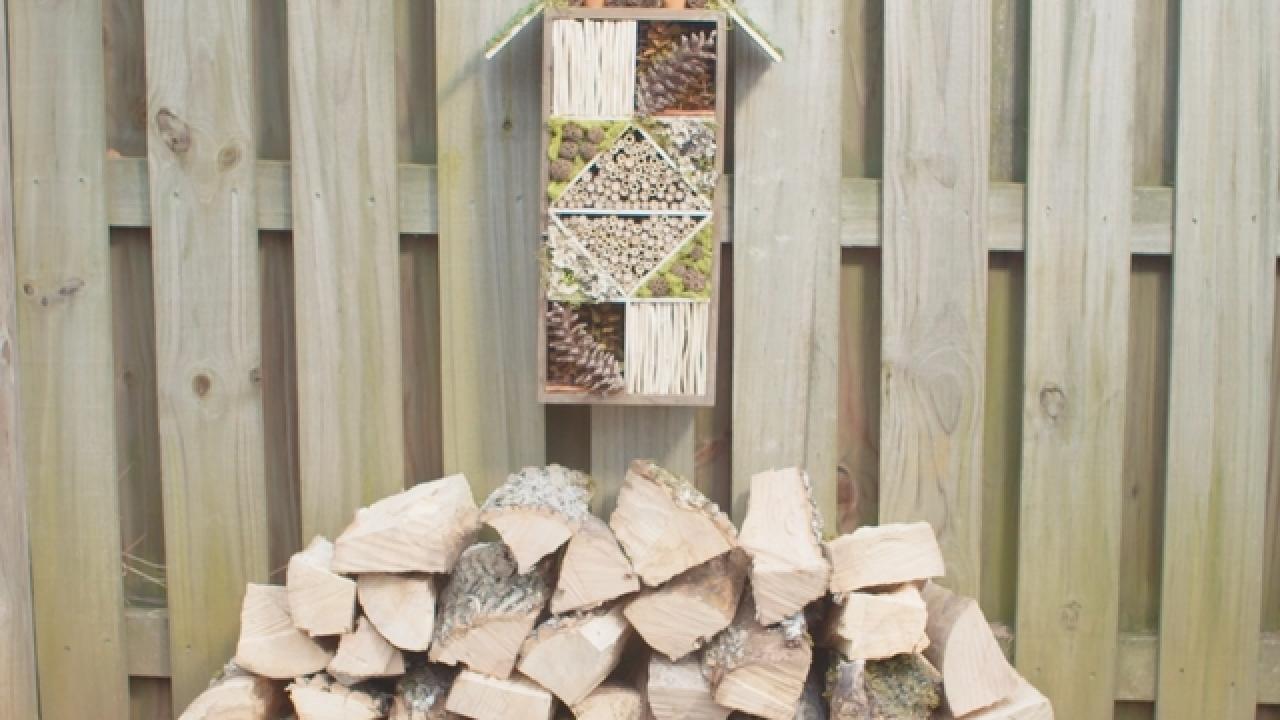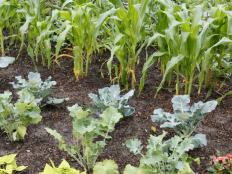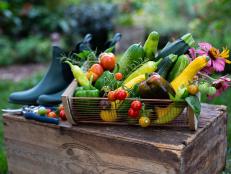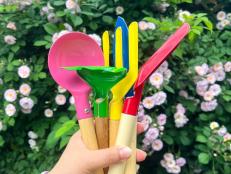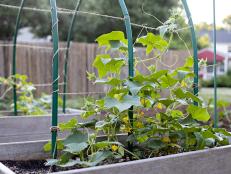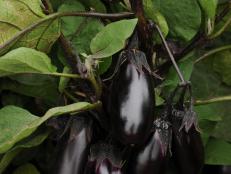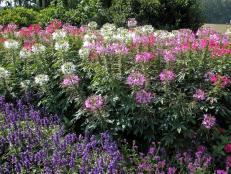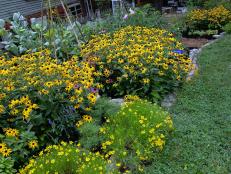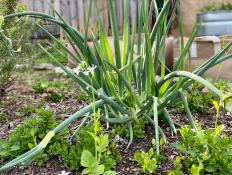Are Ladybugs Good for the Garden?
Ladybugs, also known as lady beetles or ladybird beetles, are considered beneficial insects in the garden because they are predators for many known garden insect pests. Learn more about ladybugs and how to attract them to your garden.

A ladybug is a good sign in a garden because it can mean fewer problems from pests, particularly the dreaded aphids. Aphids feed on plant tissues and can also transmit viruses to plants, but an adult ladybug may consume hundreds of aphids a day and thousands in its lifetime — they literally gorge on aphids!
In addition to aphids, ladybugs also feed on other soft-bodied, plant-eating insects, including:
- Mites
- Scales
- Thrips
- White Flies
All of these insects can negatively affect garden plants, particularly vegetables. Encouraging ladybugs to take residence in your garden may mean less work for you as well as less need for insecticides.
Types of Ladybugs
More than 450 species of ladybugs can be found in North America. Some of these are native species while others have been introduced from other countries. (There are more than 5,000 known species of ladybugs in the world.) Most adult ladybugs have round or oval dome-shaped bodies that are red or orange with black spots, though some are black with red spots. The number of spots varies by species and counting the spots can help you identify them. The seven-spotted ladybug is among the most-recognized species — it is bright red with seven black spots on its back.
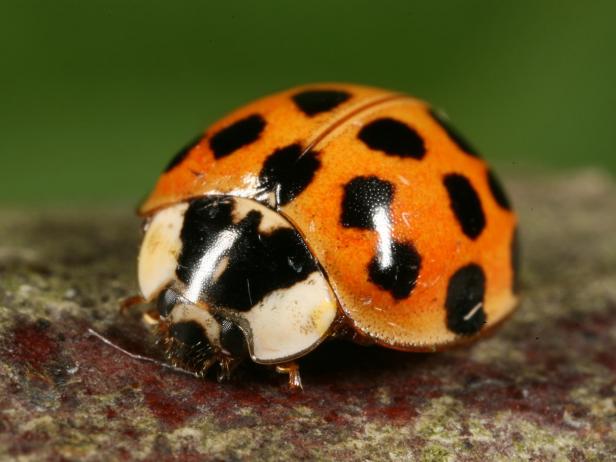
National Gardening Association
Invasive Asian lady beetles can be identified by the "M" mark behind their heads.
Though lady beetles are known to be good for the garden, and are even considered good luck in many cultures, particular species of ladybugs may become a nuisance elsewhere. One such species is the Asian lady beetle, which moves inside homes in winter where it may emit a foul odor and can even bite humans and pets. These introduced (non-native) ladybugs also feed on native ladybugs. Asian lady beetles can be easily identified by the “M”-shaped spot on their backs just behind the head.
Ladybug Life Cycle
Lady beetle females lay eggs in spring and early summer, sometimes up to 1,000 eggs over three months. You may spot the yellow-cream, oval eggs in clusters on plant leaves or stems.
Young ladybug larvae are mostly black, with some orange or red markings, and have three pairs of legs. Their look is often described as “alligator-like.”

Shutterstock/Geoffrey Budesa
A ladybug larva, or young ladybug, looks very different from its adult form.
After the pupa stage, during which insects transform from their young (larva stage) to their adult form, the lady beetle emerges in its familiar, iconic shape.
How to Encourage Ladybugs in the Garden
In addition to eating insects like aphids, lady beetles seek out pollen for food. Growing pollen-laden flowers and herbs will attract ladybugs to your garden. These include, but aren’t limited to:
- Angelica
- Calendula
- Chives
- Cilantro
- Cosmos
- Dill
- Fennel
- Marigold
- Nasturtium
- Scented Geranium
- Sweet Alyssum
- Yarrow
This practice of growing herbs and flowers among vegetables to attract beneficial insects is fundamental to organic gardening.
Another organic gardening practice, limiting the use of insecticides will also help ensure a healthy population of ladybugs in your garden. Many insecticides will kill lady beetles just like any other insect, though there are some exceptions. Neem oil, a widely available organic pesticide and fungicide, does not harm ladybugs when applied appropriately, though it will kill plant-eating insects like aphids and mites.
Some gardeners and farmers will also purchase ladybugs for release among their plants. When considering this, it’s very important to buy native species rather than introduced ones, like the Asian lady beetle that can become a nuisance in the garden and the home. If you buy lady beetles for release, be sure to follow instructions included with your purchase.
Adding structures in your garden can also help attract beneficial insects. The idea is to create the kind of habitat they like to make their home. Some of these structures are called a "bug hotel" and are easy to make.
